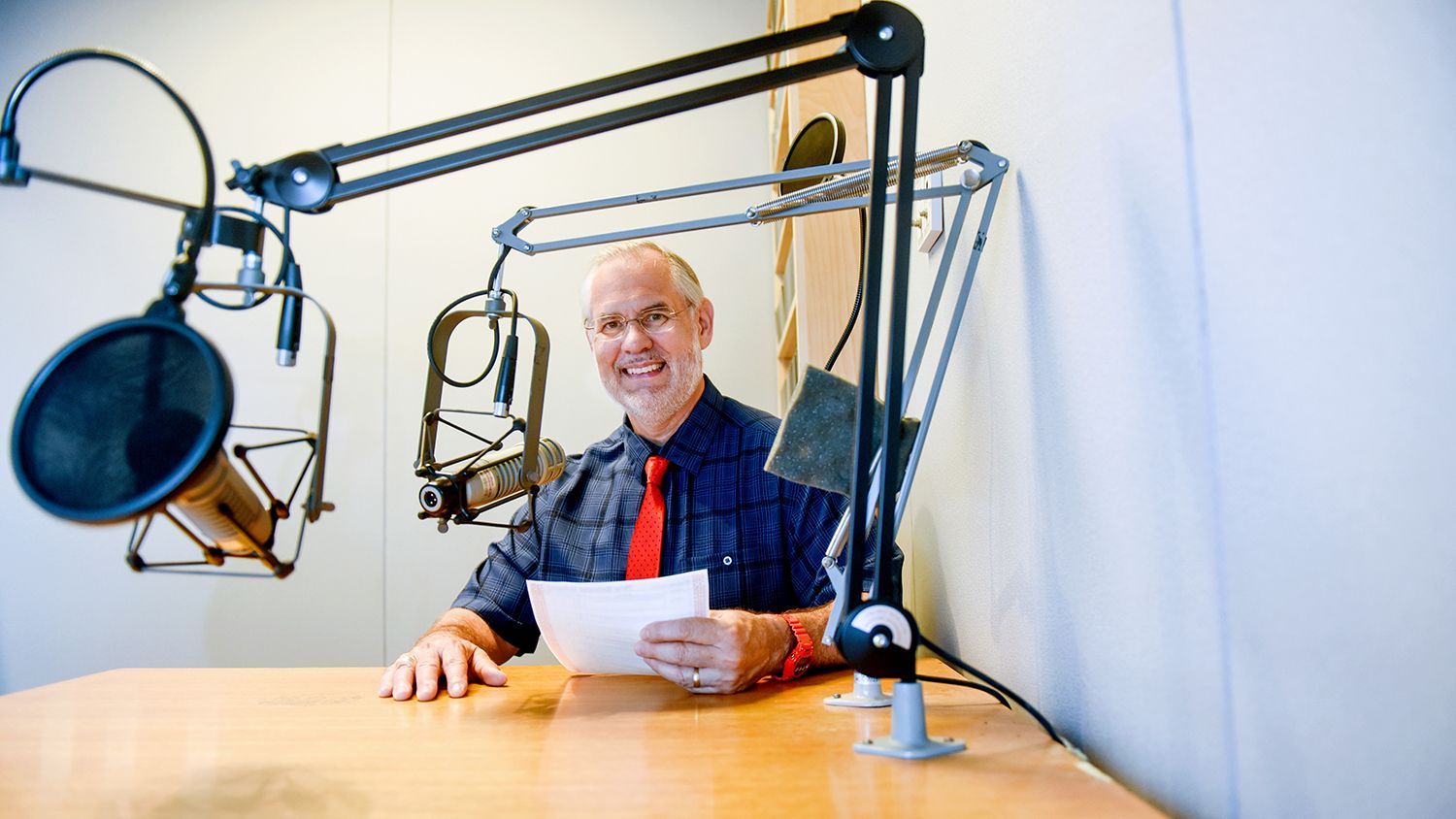Helping the needy
With the recession being so deep and the recovery being rather mild, one might expect that a variety of federal and state programs that help the needy would have experienced a big jump in their expenditures in the past few years. And the data, says N.C. State University economist Mike Walden, confirm this.
“If we look at … the year 2008 to the year 2011, (the) last year that we have full data for, total spending on programs that are helping folks with limited income in the country rose 33 percent — from $563 billion in 2008 to $746 billion in 2011.
“Now we’re talking about a wide variety of programs such as cash help, food assistance, social services, energy assistance, and support for health expenditures. The big three, of course, are those in … health area, cash assistance, and food assistance. Now food expenditures, these programs always rise during recessions.
“In fact we should not think this has been unusual. And in some sense they serve as a cushion to some of the negatives of the recession — i.e., if someone has obviously lost their job, they don’t have the money to meet their basic needs, then this assistance comes in and helps replace that.
“Now as the economy has slowly improved, actually we’re seeing the increase in spending here on these programs subside — for example, last year 2011, spending on all these programs rose 1.8 percent, actually less than the inflation rate. And again I think this is reflecting a slightly improved economic outlook.”
- Categories:

